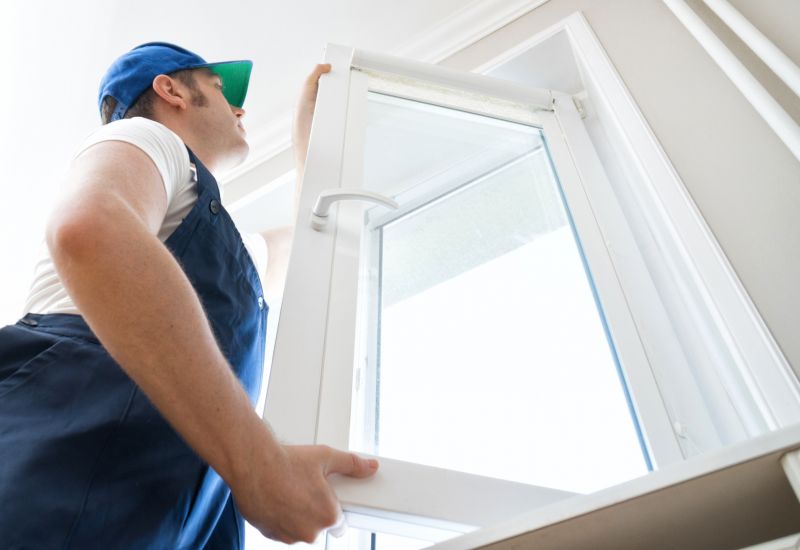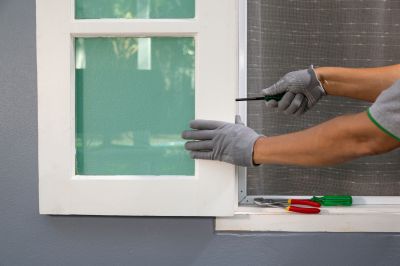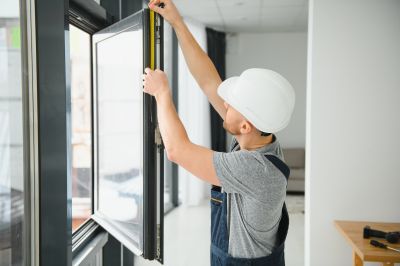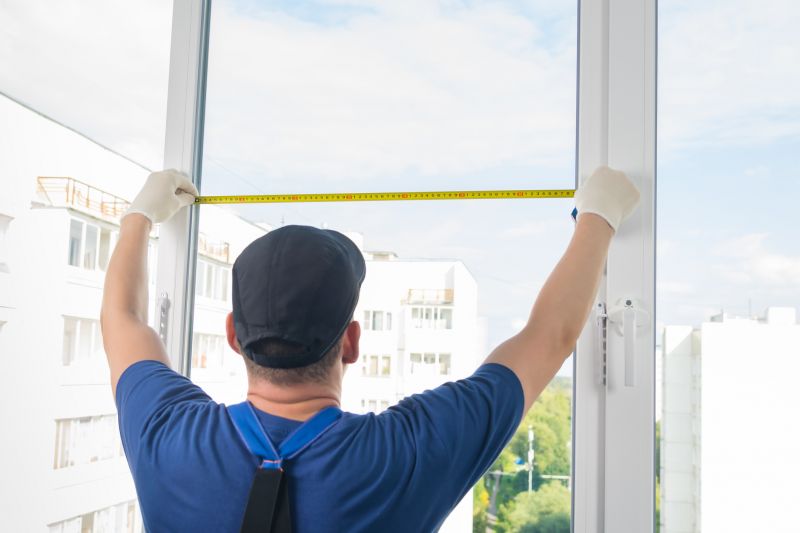Optimal Timing for Windows Installations
Windows installations are most effective when performed during periods of low system activity and minimal disruptions. Timing can influence the success and efficiency of the installation process, ensuring optimal performance and reduced downtime.
Spring and fall are ideal for Windows installations due to moderate temperatures and fewer system usage peaks, allowing for smoother upgrades.
Weekends or off-peak weekday hours typically offer less business activity, reducing interruptions during installation and troubleshooting.
Aligning installations with scheduled maintenance periods minimizes impact on daily operations and allows dedicated support.
Timing installations at the end of fiscal quarters can coincide with planned downtime, facilitating comprehensive updates.

Technicians carefully plan and execute Windows installations to minimize system downtime.

Pre-installation checks ensure hardware and software readiness for a smooth upgrade.

Configuration and testing confirm system stability and performance after installation.

Ways to make Windows Installations work in tight or awkward layouts.

Popular materials for Windows Installations and why they hold up over time.

Simple add-ons that improve Windows Installations without blowing the budget.

High-end options that actually feel worth it for Windows Installations.

Finishes and colors that play nicely with Windows Installations.
| Timing Consideration | Advantages |
|---|---|
| Off-peak hours | Reduced user disruption |
| End of fiscal quarter | Aligned with planned downtime |
| Before major updates | Ensures compatibility |
| Spring and fall | Ideal weather conditions |
| Weekend scheduling | Less business activity |
Windows installations are critical for maintaining system security, compatibility, and performance. Proper timing ensures minimal operational impact and maximizes the benefits of the upgrade. Regular updates and installations can improve system stability, reduce security vulnerabilities, and support new features that enhance productivity.

Upgrading Windows during low-traffic periods minimizes user impact.

Pre-installation diagnostics identify potential issues beforehand.

Technicians perform installations efficiently to reduce downtime.

System testing ensures stability and performance.

Little measurements that prevent headaches on Windows Installations day.

A 60-second routine that keeps Windows Installations looking new.

A frequent mistake in Windows Installations and how to dodge it.

Small tweaks to make Windows Installations safer and easier to use.
Interested in scheduling a Windows installation? Filling out the contact form provides a convenient way to discuss timing options and receive professional assistance tailored to specific operational needs.




